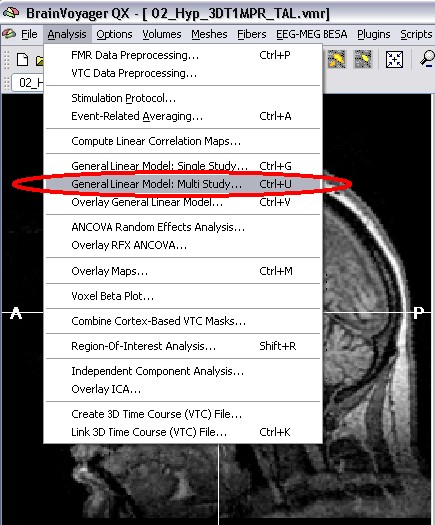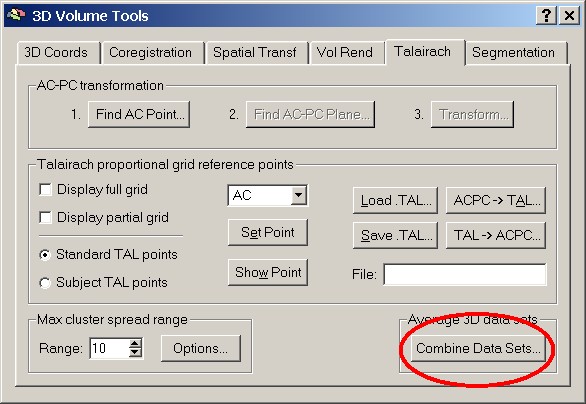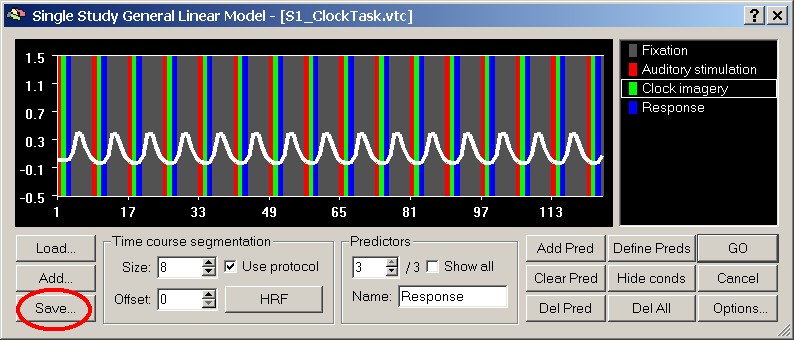Preparation
- Details
- Category: Multi Study GLM
- Last Updated: 16 April 2018
- Published: 16 April 2018
- Hits: 4359
In most analyses, one wants to calculate statistics not only for a specific single dataset, but either combine datasets of different runs or subjects or generalize the results to the population level.
To be able to do this, one needs to use the Multi-Study GLM dialog in BrainVoyager.

In the dialog, one will find different options leading to different paths of analysis. On the following pages, theses options will be described step by step.
Preparation of the analysis
To run a Multi-Study GLM analysis in BrainVoyager in the base module, mainly three things are needed:
- an anatomical VMR project to display the results of the statistic
- the functional data (properly aligned VTC files, one per run)
- one design matrix (SDM) for every functional run
If you with to run the same kind of analysis in the surface module, e.g. after performing the Cortex Based Alignment procedure, the corresponding file types (SRF, MTC) are needed.
Creating a combined VMR
The anatomical VMR dataset serves as basis for displaying the functional data. One may decide to choose one single, normalized anatomical dataset or an average of the (normalized) datasets of the whole sample.
An average VMR dataset (based on normalized VMR datasets of the sample) can be created on the Talairach tab of the 3D Volume Tools

On the level of surface analysis, there are, once again, more sophisticated approaches in BrainVoyager to create averages (Cortex Based Alignment).
Functional data preparation
Normally, one VTC (volume time course) file is created for every single functional run in BrainVoyager. When the data is compared between different subjects, one has to make sure to normalize (e.g. Talairach-ize) the data. This is nicely described in the BrainVoyager QX Getting Started Guide
From protocol to SDM
The design matrix (SDM: Single run Design Matrix or RTC: Reference Time Course in older versions) is the crucial defining part of the GLM analysis, coding the exact timing of predictors in the run. A SDM file can be created in the Single Study GLM dialog (see below). By using the Save-button one can generate such a file. In more recent BVQX versions the SDM file is automatically generated when running a Single Study GLM analysis. These files are automatically named [Name]_VTC_autosave.sdm.

